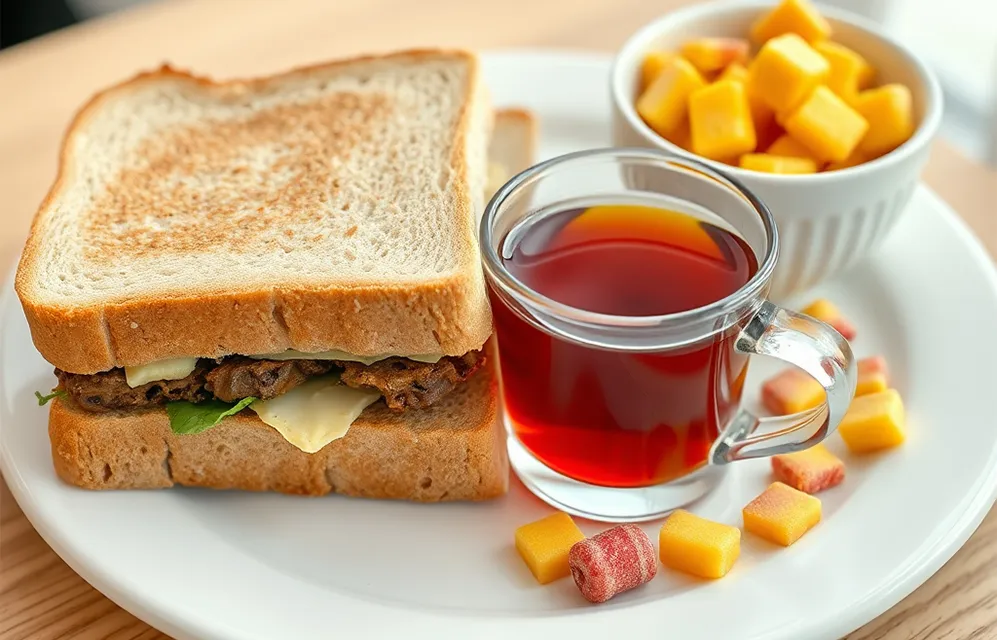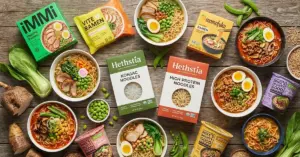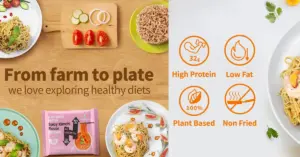Diabetes is gradually becoming more prevalent among younger people, and more and more people are beginning to pay attention to blood sugar management. Many of my older friends have started actively monitoring their blood sugar levels.
Without monitoring, you wouldn’t know, but once you start monitoring, you’ll be shocked to find that many foods you thought were healthy actually contain hidden sugar bombs.
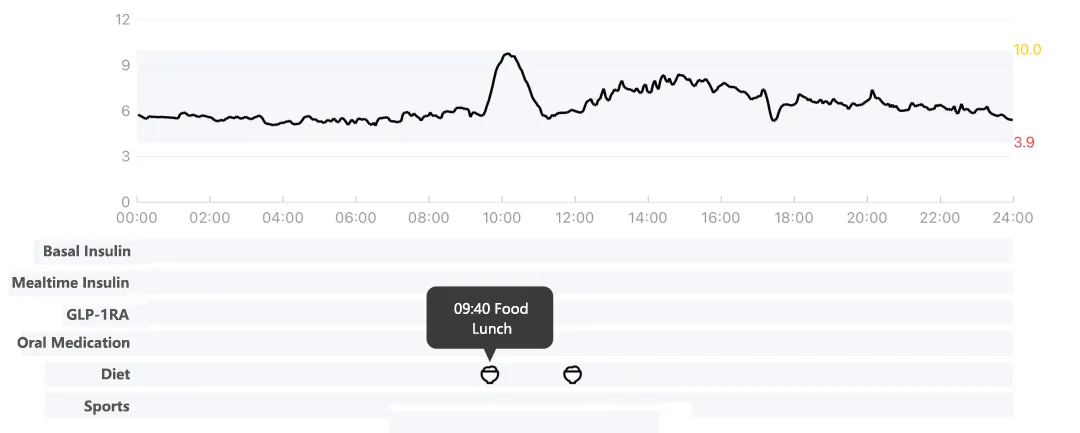
Let’s play a guessing game. Among the following foods, which one causes the most significant increase in blood sugar levels throughout the day?
A. One piece of whole-wheat toast
B. One cream puff
C. One iced Portuguese Americano
The answer is: A. A 40g piece of whole wheat toast! Are you surprised?
How did whole wheat bread, which seems so healthy, become a glycemic bomb?
Below are some foods that Hethstia has tested and found to be surprisingly unhealthy, despite appearing to be healthy. These foods are actually sugar bombs. For those who need to control their sugar intake or lose weight, it is important to pay close attention to these foods.
The No. 1 food to avoid: Whole wheat toast
Some people may ask, isn’t whole wheat bread healthier? How can it cause such a sharp rise in blood sugar?
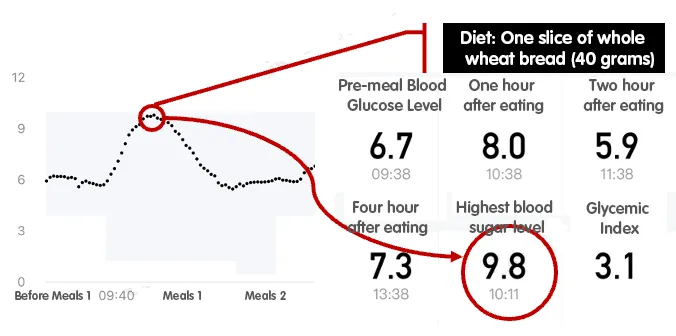
Hethstia was looking up the glycemic index of whole wheat bread and fell silent when she saw the numbers: whole wheat bread has a GI of 74, while white bread has a GI of 75.
After careful consideration, I finally discovered some of the secrets here: what is truly healthy and good for blood sugar is “whole grains,” which are “whole wheat” that has been minimally processed and retains its complete grain structure.
Whole wheat toast is made from whole wheat flour, which is ground from whole grains. This process destroys some of the important structures in whole grains that help regulate blood sugar levels. Plus, a small slice of toast is easy to eat quickly, so it’s no surprise that it causes blood sugar levels to spike.
Not to mention that many products on the market that claim to be whole grain or whole wheat are simply colored flour products, and may even contain added sugar and oil.
For those who are controlling their sugar intake, don’t just eat whole wheat and coarse grains. It is still important to control the amount you eat and combine it with protein and vegetables. Choose whole grains that retain their original form as your staple food.
| Elements | Whole wheat toast | White toast |
| Calories/kcal | 298 | 297 |
| Protein/g | 12.9 | 8.5 |
| Fat/g | 10.7 | 7.6 |
| Carbohydrate/g | 33.4 | 49.8 |
| Dietary fiber/g | 7.7 | / |
The No. 2 food to avoid: Whole wheat sandwiches/bagel sandwiches
Whole wheat and coarse grain staples are difficult to avoid, but a sandwich with some protein and vegetables should be fine, right?
NO NO NO! Hethstia editor was quickly inspired by a classic tuna whole wheat sandwich.
Whole wheat bread + tuna (protein) + vegetables + no sauce. It looked like a blood sugar-friendly meal, so I ate it slowly in small bites. Unexpectedly, shortly after I finished eating, my blood sugar meter showed a sharp rise.
The blood sugar peak was indeed lower than when eating bread alone, but it lasted longer… The second meal still had a value of 8.9, which is still quite alarming.
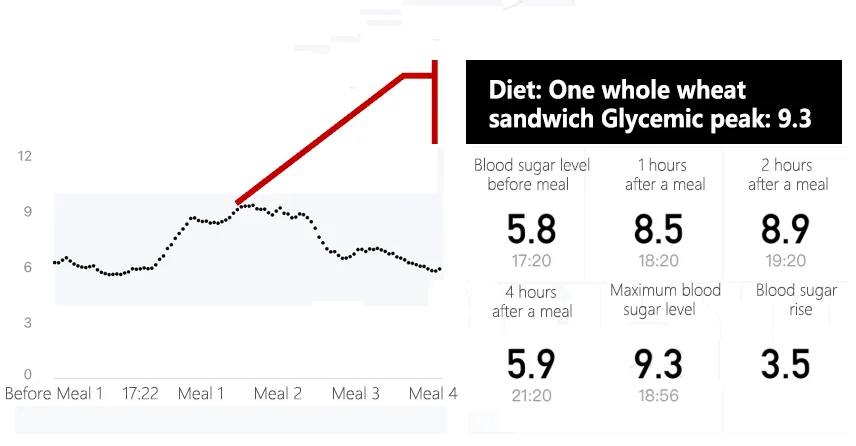
The next day, a colleague ate a bagel sandwich and suffered the same fate.
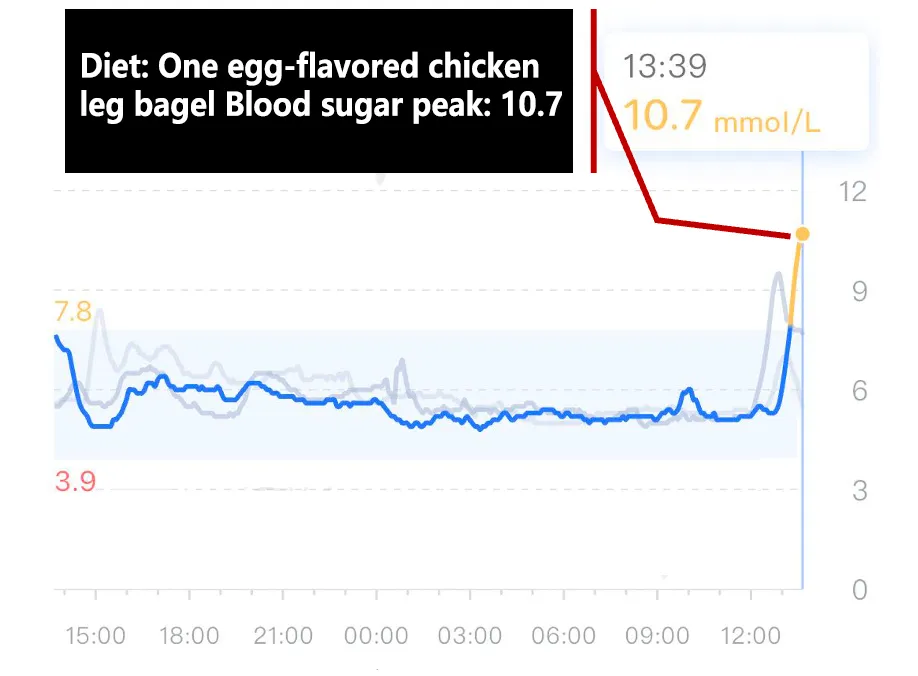
This light meal, which contains meat, vegetables, and staple foods and appears to be healthy, is a hidden glycemic killer for two reasons:
First, the staple food remains refined carbohydrates, and the quantity is substantial.
Take bagels, for example. Their glycemic index ranges from 72 to 78, which classifies them as high GI foods. Essentially, they are still flour products, just in the form of a “large steamed bun.”
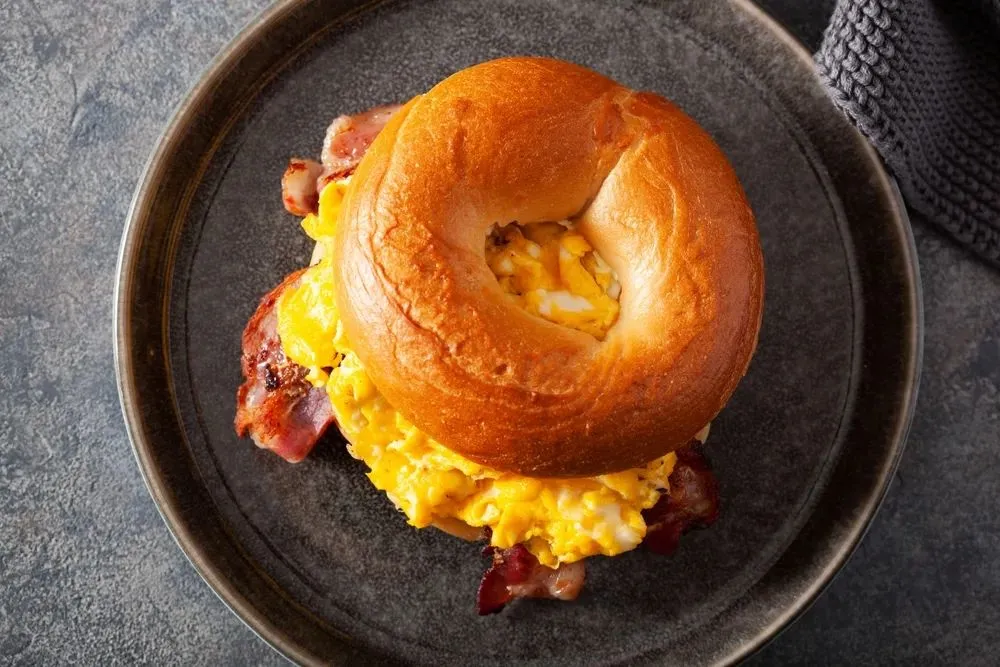
Moreover, baked bagels contain less moisture, and one bagel weighing approximately 100–120 grams contains about 300 kilocalories and more than 50 grams of carbohydrates.
To put this into perspective, it is equivalent to eating a bowl of 200 grams of steamed rice or a large steamed bun for lunch.
Second, the combination looks reasonable, but the quantity is insufficient.
I took a look at the tuna sandwich I was eating. The vegetables consisted of a few slices of lettuce, tomato, and cucumber, which took up space but had little weight. The protein was tuna with a lot of sauce added for flavor.
Compared to a proper meal, the vegetables and protein were far from sufficient. Add to that more than 100 grams of whole wheat bread, and it becomes a glycemic index killer.
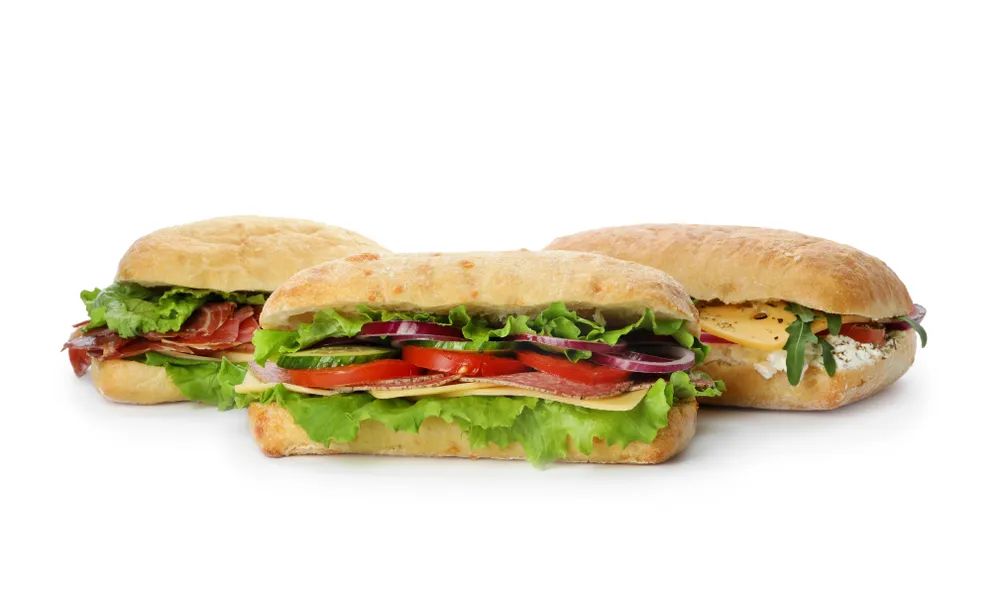
Some light meals are even worse, consisting of a fried egg and a slice of ham, with not even a shadow of a lettuce leaf in sight.
These seemingly classic combinations are high in carbohydrates but low in vegetables and protein, which cannot help suppress the rise in blood sugar.
In the future, if you choose this type of sandwich, you can eat it as a staple food, but you should also add extra protein and vegetables to ensure that the sandwich has a slow glycemic index.
The No. 3 food to avoid: Glutinous corn
Corn is one of the most popular healthy whole grains for weight loss. Eating a cob of corn for dinner seems like a low-calorie, filling option. But who would have thought it could be another blood sugar killer!
I had a bowl of noodles for lunch, which brought my blood sugar to 7.5, but I didn’t expect that eating a glutinous corn cob in the afternoon would cause my blood sugar to skyrocket to 8.9!
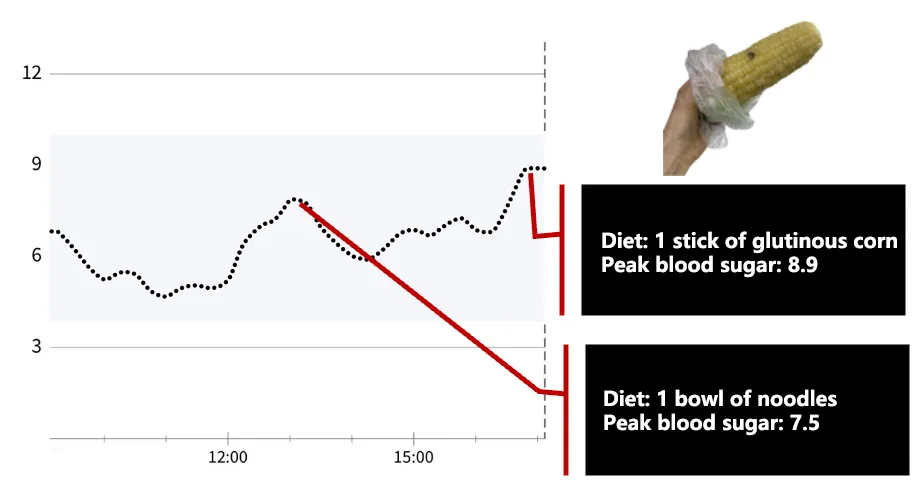
The edible portion of glutinous corn from a convenience store is approximately 200 grams.
Note: Glutinous corn itself is high in carbohydrates, so it is normal for it to cause fluctuations in blood sugar levels. There is no need to panic, but people who are controlling their sugar intake should take extra care.
After carefully looking through the data, I found that they are all corn, but the difference is really big, especially glutinous corn, which is definitely a high-GI and high GL food.
| Per 100g | Calories/kcal | Carbs/g | GI |
| Glutinous corn | 144 | 29.6 | High (measurement value unknown) |
| Sweet corn | 86 | 18.7 | Low (55) |
Sweet corn data comes from the U.S. Department of Agriculture food database (USDA FoodData Central), and glutinous corn data comes from a brand on an e-commerce platform.
The reason why glutinous corn is so powerful is that it not only has a higher carbohydrate content but also contains starch that is almost entirely composed of branched-chain starch, which is more easily absorbed by the body and raises blood sugar levels more quickly.
Not only glutinous corn, but most glutinous foods are blood sugar assassins, including rice dumplings, rice cakes, glutinous rice balls, and glutinous rice cakes… These foods are made from glutinous rice and are sticky and soft, so you should avoid them in advance or control the amount.
The No. 4 food to avoid: Low-fat corn flakes
Low-fat puffed foods are not necessarily low on the glycemic index. All puffed foods are high on the glycemic index.
As a fan of crunchy textures, Hethstia editors occasionally look for healthy snacks that can replace potato chips, such as corn chips.
From a fat perspective, common potato chips (most puffed foods are) have a fat content of around 30%, while corn chips can be around 20% and still maintain a certain crispy texture.
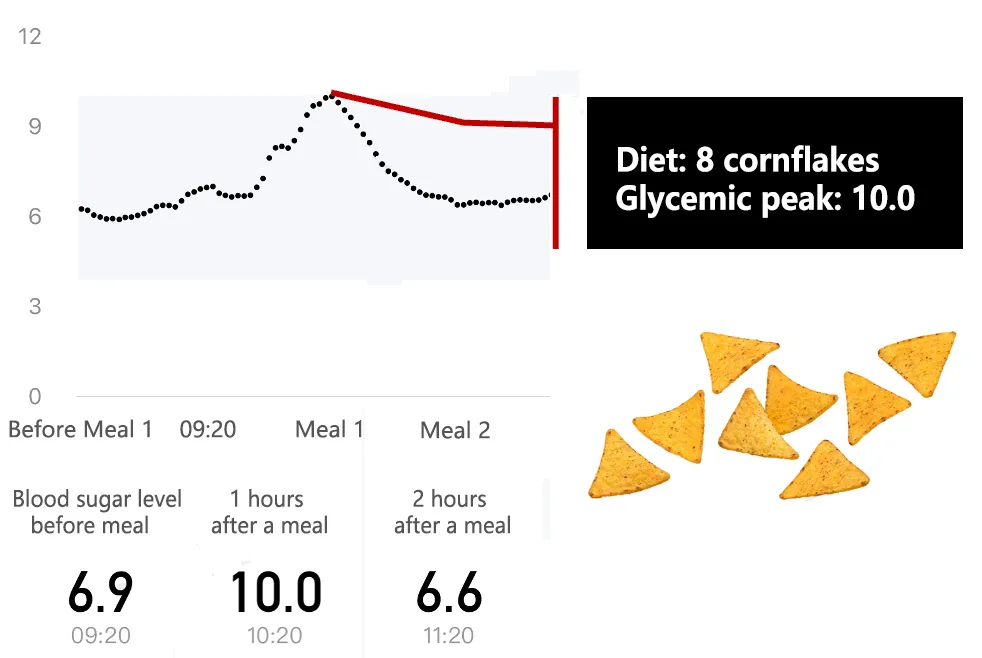
Cornflakes are essentially puffed foods, and their crispiness comes from pre-gelatinizing the starch to loosen its structure and refine the starch particles, which means that it is more easily absorbed by the body and raises blood sugar levels more quickly.
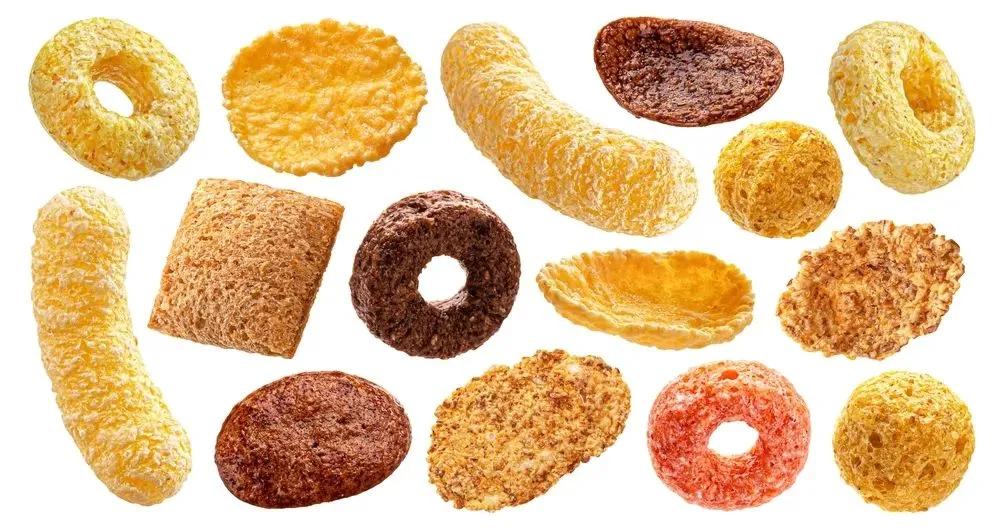
This type of food, regardless of whether it is low-fat or made with so-called healthier ingredients (such as brown rice cakes), is a high-glycemic food, and it can even be said to raise blood sugar very quickly!
| Elements | GI | Explanation |
| Cornflakes | 81~93 | The sugared version is higher |
| Rice crackers | 82 | Even brown rice cakes can reach 77~87 |
| Puffed breakfast cereals | 70~90+ | Common examples include puffed cereal rings, where sugar-added versions have a higher GI. |
| Puffed sticks | 75~85+ | Including shrimp crackers, corn puffed foods, etc., crispy is its characteristic. |
| Instant oatmeal | 79 | A type of food that is easily overlooked, quick-cooking foods raise blood sugar levels quickly. |
| Microwave popcorn | 70~85 | The common popcorn in movie theaters is considered high GI. The ones with oil and sugar have a high GI. |
The No. 5 food to avoid: Sugar-free fruit tea/fruit coffee/fruit-flavored milk
Even the best fruit juice is still just sugar water.
In recent years, it has become increasingly popular to add fruit to various beverages: oranges, grapes, lychees, bayberries, yellow skin fruit… Whether the base is coffee, milk, or tea, adding some fruit makes it taste good even without sugar, and it looks healthier too.

But for blood sugar, it may not be so friendly.
These types of beverages give people the illusion that they contain no added sugar. However, Hethstia editors conducted tests on various sugar-free fruit teas, fruit coffees, and fruit yogurts, with the following specific data:
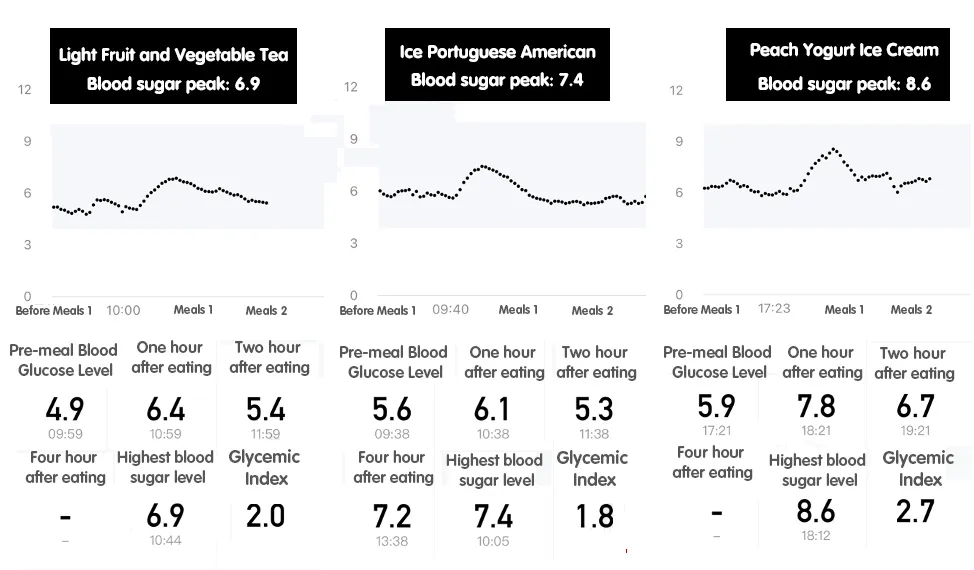
And every time after drinking it, I would receive reminders that my blood sugar had risen, which was scary.


Many people think that when fruit is turned into juice, it is merely transformed from a solid to a liquid state. According to the law of conservation of mass, what we eat does not change, so why does it cause blood sugar to rise so quickly?
In fact, compared to whole fruits, fruit juices do cause blood sugar levels to rise more quickly.
When fruits are juiced, especially when the pulp is removed, the resulting juice essentially becomes a sugary drink with a hint of vitamins. In contrast, whole fruits, which retain dietary fiber (pulp), are digested and absorbed more slowly by the body.
We conducted a small test using oranges of the same size and weight, juicing them with and without pulp, and eating them whole. The results showed that there was a significant difference in blood sugar fluctuations.
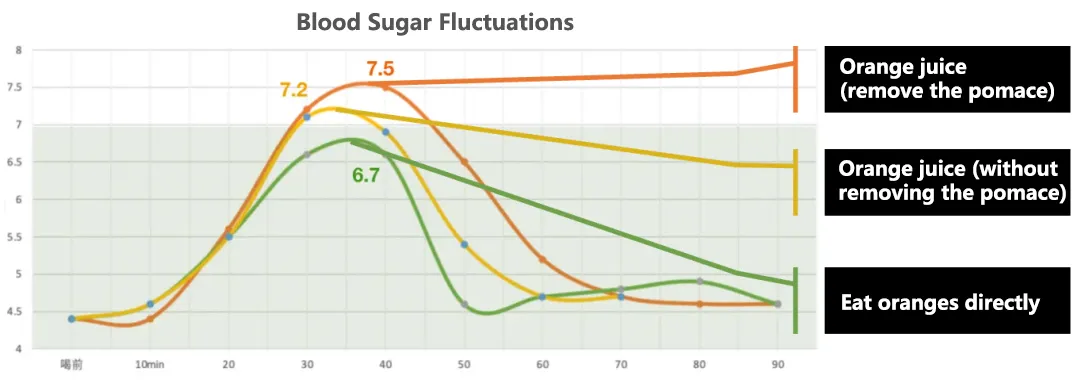
When drinking fruit coffee or fruit tea, don’t think that it’s healthier just because it doesn’t contain sugar. The main ingredient in fruit juice is sugar! No matter how cheap it is, let’s think about our health and be cautious.
Okay, at this point, many of you may have already started deleting items from your shopping carts, and some of you may be cursing under your breath: “Looking at it this way, I can’t eat anything!”
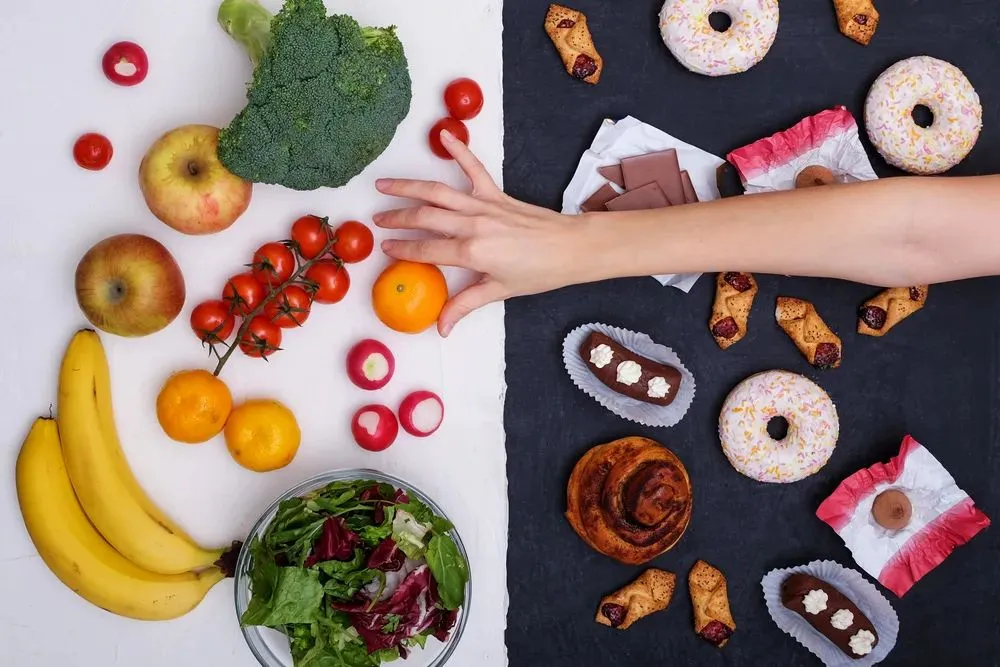
Don’t worry, this article is not intended to cause anxiety. Let’s talk about a few more things:
First, glycemic index is not the only indicator for evaluating the quality of food.
After eating carbohydrate-containing foods, it is a normal reaction for blood sugar levels to fluctuate. A completely stable blood sugar level does not necessarily indicate a healthy diet (such as a low-carb diet, ketogenic diet).
There is no need to avoid foods with high glycemic indexes; instead, after understanding their effects, adjust the amount and combination of foods you consume.
Second, there are huge differences in how different foods affect blood sugar levels in different people.
Some people experience a sharp rise in blood sugar after eating sweet potatoes, while others only experience a slight rise after eating zongzi. This is related to genes, physical condition, and other factors.
The current GI values and blood sugar monitoring are only warning references. For each of us, if there is a real need, we can use tools such as blood glucose meters to establish our own warning food database.
Let me emphasize again that blood sugar fluctuations can be improved by adjusting your diet. This does not mean that you cannot eat the foods mentioned above. Remember this!
Having a better understanding of food and our bodies can help us eat more consciously, ensuring both health and taste.

